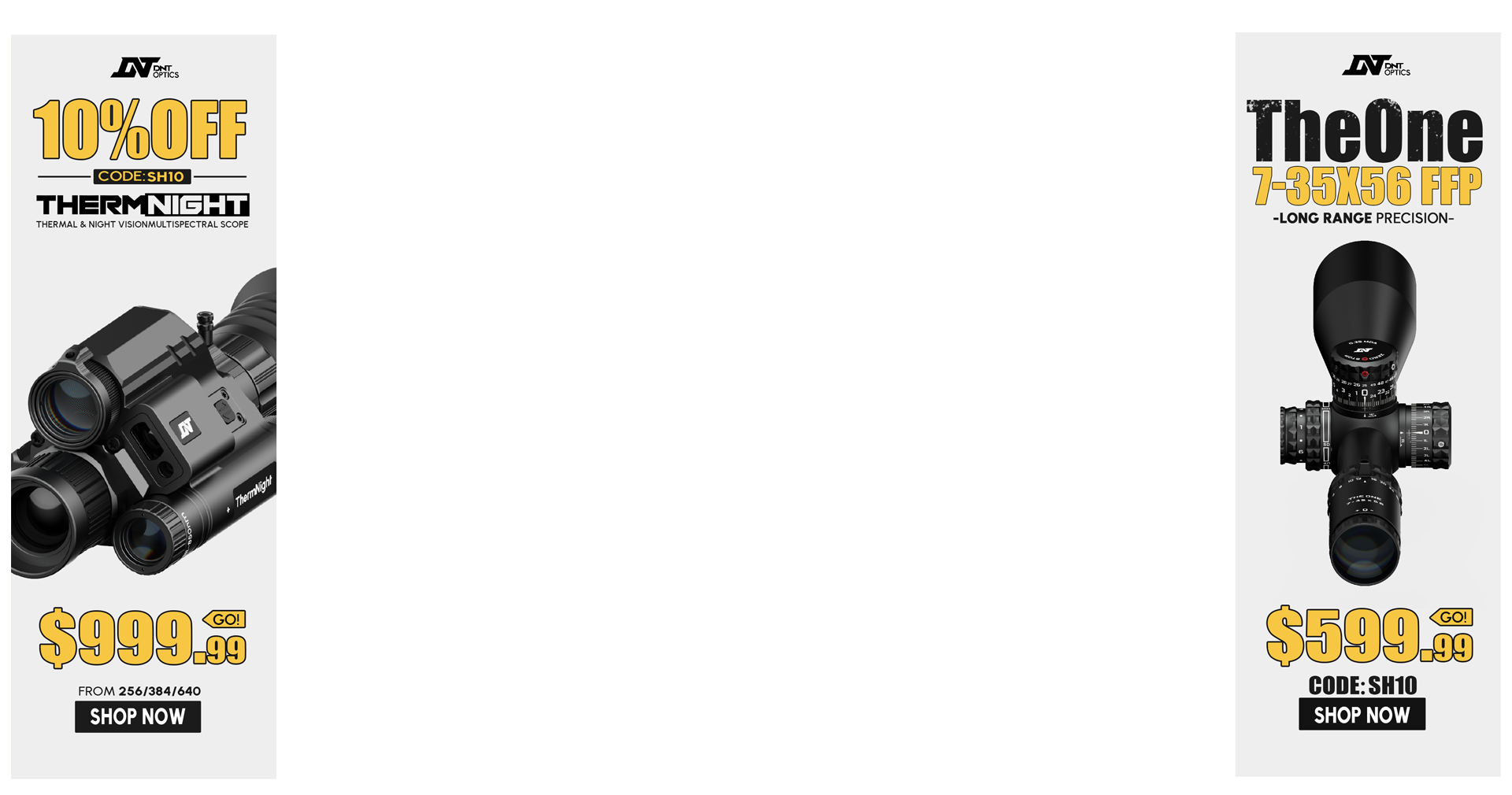Re: 284 Win -vs- 280 Rem
I'm new to the 7mm scene, and am still in the initial stages of load development for a pair of Ruger 77MKI .280's, identical except for barrel weight and length.
In comparing the load manuals for the two cartridges, the impression I get is that the .280 has a significantly longer and somewhat narrower powder column than the .284, and enjoys about a 5% usable case capacity advantage. When I say usable capacity, I'm talking about the actual published charges encompassed within the min and max charge limits for the various published bullet and propellant combination.
I do not consider myself sufficiently experienced with either chambering to make any pronouncements, so I'll simply pass on the one my 1996 Nosler manual gives. They do all their 7mm bullet testing with the .280 Rem; primarily because it has a good capacity to deliver both good velocities and good accuracy. For me, that's a plus; and an excellent recommendation vis-a-vis the two chamberings.
I am also heedful of the above observations about throat life.
IMHO, the .280 Remington can achieve similar performance with less heat and pressures, and take better advantage of a longer barrel's capability to runs heavy bullets at competitive velocities with less wear and tear going on in the engine room.
My initial testing is being done with Nosler 120gr Ballistic tips, which are at the light end of the useful weight range. While it would not be my choice for LR disciplines, it can be driven to 3250-3300fps in a 26" barrel, and as such, at 1000ft altitude and 70's temps, should arrive at 1Kyd with around 1150fps and 33MOA drop, which is nearly as good as a .260 with a 142 MatchKing. As bullet weights increase, 1Kyd velocities improve markedly. For me, this means I can back off the pressures to allow a more conservative approach to bore life, and still get to carry the mail respectably. I firmly belive that lower nodes are preferable as long as they arrive on target with a reasonable margin beyond transsonic, and simply view drop and drift as realities that need to be compensated in an appropriate manner, whatever their extent.
Let us consider the prospect of a 120gr expanding projectile arriving from several hundred yards distance at somewhere in the mid to high 2000's of feet per second; only from the groundhog's point of view. I forsee nothing short of a marmot in the throes of a psychotic break. And well one should.
IMHO, the .280 Remington makes better use of the age-old reliable .30-'06's case capacity in a manner not unlike the way the .260 does with the .308's. I suggest that the recent improvement in LR capable 7mm projectiles is underutilized by the LR fraternity, and that the .280 Remington's potential in this area is largely unrecognized.
For folks interested in using .30-'06 brass as a basic source for .280 cases, please note that the .280's shoulder is slightly forward, and that fireforming in a manner similar to an AI case's concoction is in order. Fireforming loads will need to headspace on the bullet/lands conjunction. Though I am not a fan of AI's, I imagine there's no additional case forming overhead involved over the basic .280's to go further and make it an AI. I just don't really see any need for the AI, but who am I to criticize?
If I had an LR action, this is the chambering I'd be considering most seriously for LR shooting. For OAL's I don't really pay special heed to short jumps, or seating into the lands, but rather, will do my .280 Remington load development to allow the best accuracy while loading to magazine length, since my rifles double as hunters. Likewise, my bullets will be dual purpose projectiles; like Nosler Ballistic Tips, Hornady SST's, etc.
Greg




